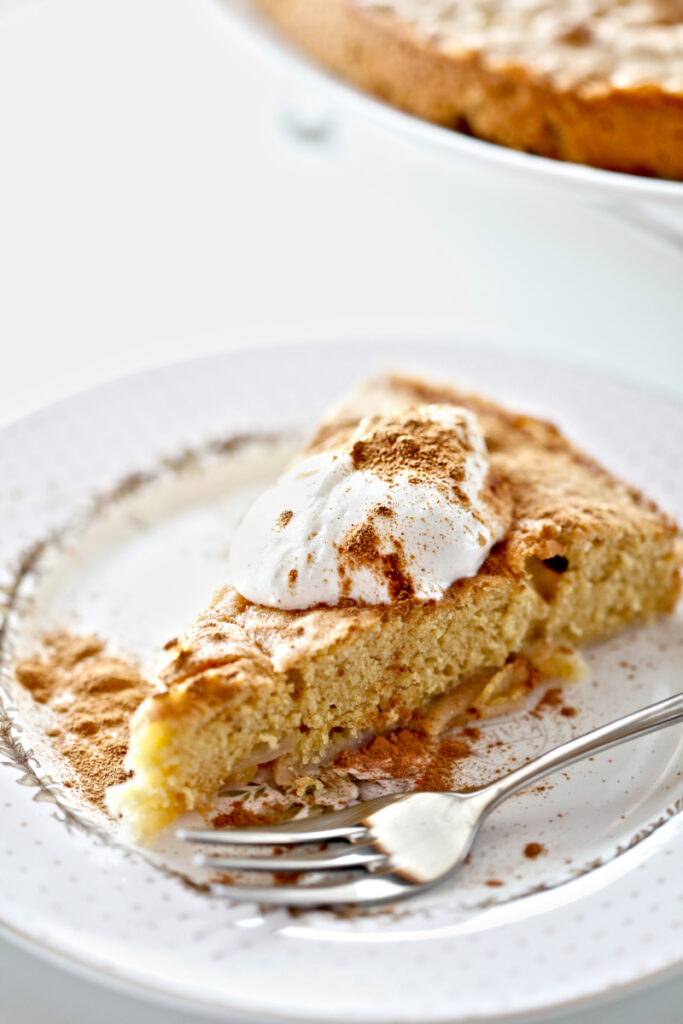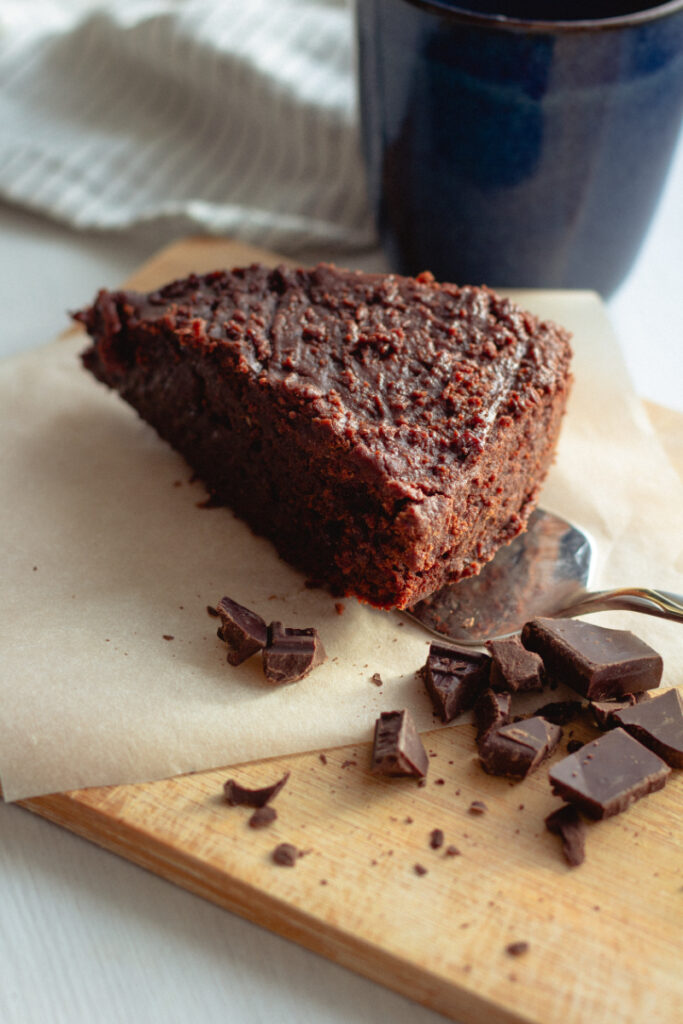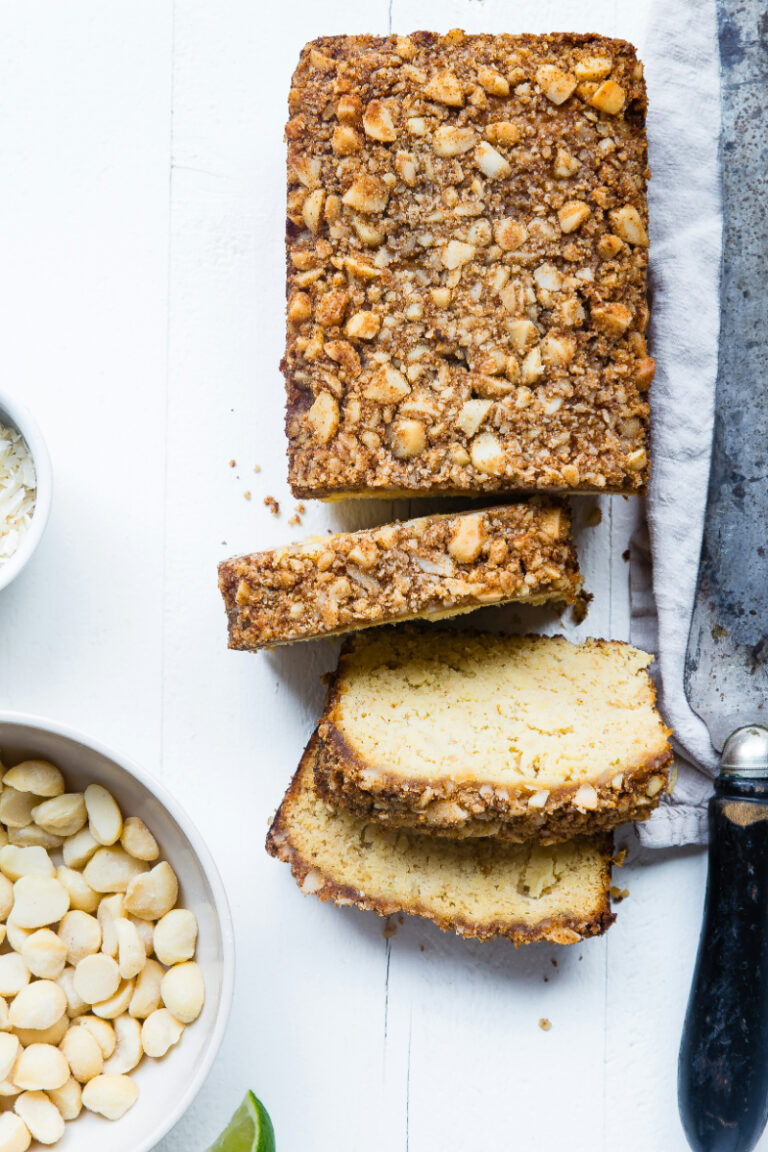Gluten-Free Snack Cake Recipe
Are you looking for a delicious and easy gluten-free snack cake recipe? Look no further! Gluten-free snack cakes are a perfect treat for those with gluten sensitivities or celiac disease. They are also a great way to satisfy your sweet tooth without the guilt of indulging in a heavy dessert.
Gluten-free snack cakes are typically made with gluten-free flour, which is a blend of various flours such as rice, almond, and coconut flour. These flours are used to replace wheat flour, which contains gluten. The addition of xanthan gum or guar gum helps to bind the ingredients together and create a texture similar to traditional cakes. With the right recipe and ingredients, gluten-free snack cakes can be just as moist and flavorful as their gluten-containing counterparts.
Whether you are looking for a vanilla, chocolate, or fruity flavor, there are countless options for gluten-free snack cakes. With a few simple ingredients and some basic baking skills, you can easily whip up a delicious and satisfying gluten-free snack cake that everyone will love. So why not try making one today and enjoy a guilt-free treat?

Understanding Gluten Free
If you’re new to gluten-free baking, it can be confusing and overwhelming. Gluten is a protein found in wheat, barley, and rye. It’s what gives bread its chewy texture and allows it to rise. Unfortunately, for people with celiac disease or gluten sensitivity, consuming gluten can cause a range of health problems.
Gluten-free baking requires a bit of experimentation and can be challenging, but it’s worth it to be able to enjoy delicious treats without the negative side effects. Here are some things to keep in mind when baking gluten-free:
- Flour alternatives: Wheat flour is not an option in gluten-free baking, but there are many alternatives available. Some popular options include almond flour, coconut flour, rice flour, and oat flour. It’s important to note that not all gluten-free flours are created equal, and some may require additional ingredients to achieve the desired texture.
- Binders: Gluten acts as a binder in traditional baking, so it’s important to use a substitute in gluten-free baking. Common binders include xanthan gum, guar gum, and psyllium husk. It’s important to use the recommended amount of binder, as too much can result in a gummy texture.
- Rising agents: Without gluten, baked goods may not rise as much as traditional baked goods. To counteract this, it’s important to use enough leavening agents like baking powder or baking soda.
- Texture: Gluten-free baked goods can have a different texture than traditional baked goods. They may be denser, crumbly, or have a different mouthfeel. This can take some getting used to, but experimenting with different flours and binders can help achieve the desired texture.
Overall, gluten-free baking can be challenging but rewarding. With a bit of experimentation and some patience, you can create delicious gluten-free treats that everyone can enjoy.
Importance of Gluten Free Snack Cakes
If you have celiac disease or gluten intolerance, finding tasty and safe treats can be a challenge. That’s why gluten-free snack cakes are so important. They allow you to indulge in a sweet treat without compromising your health.
Gluten-free snack cakes are also important for those who want to reduce their gluten intake. Some people may not have an intolerance to gluten but still prefer to consume less of it. Gluten-free snack cakes provide a delicious alternative that can help you achieve your dietary goals.
Another reason why gluten-free snack cakes are important is that they are often made with healthier ingredients than traditional cakes. Many gluten-free flours are made from nutrient-dense grains like quinoa, amaranth, and teff. These flours are higher in protein and fiber than wheat flour, which can help you feel fuller for longer.
Gluten-free snack cakes can also be a great option for those who are trying to lose weight. Since they are often made with healthier ingredients, they can be lower in calories and fat than traditional cakes. Plus, they can help you satisfy your sweet tooth without derailing your diet.
Overall, gluten-free snack cakes are an important option for anyone who wants to enjoy a sweet treat while still maintaining a healthy diet. Whether you have celiac disease, gluten intolerance, or simply want to reduce your gluten intake, there are plenty of delicious options to choose from.
Ingredients for Gluten Free Snack Cake
When it comes to baking a gluten-free snack cake, choosing the right ingredients is crucial to ensure that the cake turns out delicious and moist. In this section, we will discuss the three main categories of ingredients you need to consider when baking a gluten-free snack cake: flour alternatives, sweeteners, and binding agents.
Flour Alternatives
The most important ingredient to consider when making a gluten-free snack cake is the flour. Traditional wheat flour contains gluten, which is a protein that gives baked goods their structure and texture. Fortunately, there are several gluten-free flour alternatives available that can be used in place of wheat flour.
Here are some popular gluten-free flour alternatives that you can use in your gluten-free snack cake:
| Flour Alternative | Description |
|---|---|
| Almond Flour | Made from ground almonds, this flour has a nutty flavor and is high in protein and healthy fats. |
| Coconut Flour | Made from dried coconut meat, this flour is high in fiber and low in carbohydrates. It has a slightly sweet taste and can be used in small quantities. |
| Rice Flour | Made from ground rice, this flour has a neutral flavor and is often used in gluten-free baking. |
| Oat Flour | Made from ground oats, this flour is high in fiber and has a slightly sweet taste. It is important to use certified gluten-free oat flour to ensure that it is safe for those with gluten sensitivities. |
Sweeteners
In addition to flour, sweeteners are an important ingredient to consider when making a gluten-free snack cake. Traditional granulated sugar is gluten-free, but some people prefer to use alternative sweeteners for health reasons.
Here are some popular sweeteners that you can use in your gluten-free snack cake:
- Honey
- Maple Syrup
- Agave Nectar
- Coconut Sugar
- Stevia
When substituting sweeteners in your recipe, keep in mind that some sweeteners are more concentrated than others. You may need to adjust the amount of sweetener used in your recipe depending on the type of sweetener you choose.
Binding Agents
Finally, binding agents are an important ingredient to consider when making a gluten-free snack cake. Traditional wheat flour contains gluten, which acts as a binding agent in baked goods. Without gluten, you will need to use other binding agents to ensure that your cake holds together.
Here are some popular binding agents that you can use in your gluten-free snack cake:
- Xanthan Gum
- Guar Gum
- Chia Seeds
- Flax Seeds
When using binding agents, it is important to follow the recommended amounts in your recipe. Using too much binding agent can result in a gummy or dense texture, while using too little can result in a crumbly cake.
Popular Gluten Free Snack Cake Recipes
If you’re looking for a delicious gluten-free snack cake recipe, you’re in the right place! Here are some popular gluten-free snack cake recipes that are sure to satisfy your sweet tooth.

Chocolate Cake
Who doesn’t love chocolate cake? This gluten-free version is just as delicious as the traditional recipe, but without the gluten. Here’s how to make it:
- Preheat your oven to 350°F.
- In a mixing bowl, combine gluten-free flour, cocoa powder, baking powder, and salt. Mix well.
- In a separate bowl, beat eggs and sugar until light and fluffy. Add in melted butter and vanilla extract. Mix well.
- Slowly add the dry ingredients to the wet ingredients, mixing until well combined.
- Pour the batter into a greased cake pan and bake for 25-30 minutes, or until a toothpick inserted in the center comes out clean.
- Let the cake cool before serving. Optional: top with whipped cream or frosting.
Vanilla Cake
If you prefer a lighter, more subtle flavor, try this gluten-free vanilla cake recipe. Here’s what you’ll need:
- Preheat your oven to 350°F.
- In a mixing bowl, combine gluten-free flour, baking powder, and salt. Mix well.
- In a separate bowl, beat eggs and sugar until light and fluffy. Add in melted butter and vanilla extract. Mix well.
- Slowly add the dry ingredients to the wet ingredients, mixing until well combined.
- Pour the batter into a greased cake pan and bake for 25-30 minutes, or until a toothpick inserted in the center comes out clean.
- Let the cake cool before serving. Optional: top with fresh fruit or frosting.
Carrot Cake
This gluten-free carrot cake recipe is perfect for those who love a little extra texture and flavor in their cake. Here’s what you’ll need:
- Preheat your oven to 350°F.
- In a mixing bowl, combine gluten-free flour, baking powder, baking soda, cinnamon, and salt. Mix well.
- In a separate bowl, beat eggs and sugar until light and fluffy. Add in melted butter, vanilla extract, and grated carrots. Mix well.
- Slowly add the dry ingredients to the wet ingredients, mixing until well combined.
- Pour the batter into a greased cake pan and bake for 25-30 minutes, or until a toothpick inserted in the center comes out clean.
- Let the cake cool before serving. Optional: top with cream cheese frosting and chopped nuts.
Whether you’re in the mood for chocolate, vanilla, or carrot cake, these gluten-free snack cake recipes are sure to hit the spot. Enjoy!
Baking Tips and Techniques for Gluten Free Snack Cakes
If you’re new to gluten-free baking, it can be a bit intimidating at first. But don’t worry, with a few tips and tricks, you can make delicious gluten-free snack cakes that are just as good as their wheat-based counterparts. Here are some tips to help you get started:
Choose the Right Flour
The key to successful gluten-free baking is to choose the right flour. There are many different types of gluten-free flours available, and each one has its own unique properties. Some of the most popular gluten-free flours include:
- Rice flour
- Almond flour
- Coconut flour
- Buckwheat flour
- Sorghum flour
- Teff flour
When baking gluten-free snack cakes, it’s often best to use a blend of different flours. This will help to create a more balanced texture and flavor. Look for a gluten-free flour blend that is specifically designed for baking, such as Bob’s Red Mill 1-to-1 flour or Cup 4 Cup flour.
Add Extra Moisture
Gluten-free flours tend to absorb more liquid than wheat flour, which can result in dry, crumbly baked goods. To combat this, you can add extra moisture to your gluten-free snack cake batter. Here are a few ways to do this:
- Use applesauce or mashed bananas in place of some of the oil or butter in the recipe.
- Add extra eggs or egg whites to the batter.
- Use yogurt or sour cream in place of some of the milk in the recipe.
Increase Leavening Agents
Gluten-free flours also require more leavening agents than wheat flour. This is because gluten helps to trap air bubbles in the batter, which helps the cake to rise. To make up for this, you can increase the amount of baking powder and baking soda in your recipe by 25%.
Don’t Overmix the Batter
When making gluten-free snack cakes, it’s important not to overmix the batter. This can cause the cake to become tough and dense. Mix the batter just until all the ingredients are combined, and then stop. It’s okay if there are a few lumps in the batter.
Use Parchment Paper
Gluten-free snack cakes can be a bit more delicate than their wheat-based counterparts, so it’s important to use parchment paper to line the cake pan. This will help to prevent the cake from sticking to the pan and falling apart.
By following these tips and techniques, you can make delicious gluten-free snack cakes that everyone will love. Don’t be afraid to experiment with different flours and flavors to find your perfect recipe. Happy baking!
Storing and Serving Suggestions
Once you have baked your gluten-free snack cake, you will want to store it properly to keep it fresh and delicious. Here are some tips for storing and serving your gluten-free snack cake.
Storing
When storing your gluten-free snack cake, it is important to keep it in an airtight container to prevent it from drying out. You can use a plastic container with a tight-fitting lid, or wrap the cake tightly in plastic wrap. You can also store the cake in the refrigerator to help it last longer.
If you plan to store the cake for more than a day or two, you can also freeze it. Wrap the cake tightly in plastic wrap and then in aluminum foil, or use a freezer-safe container. When you are ready to eat the cake, let it thaw at room temperature before serving.
Serving
When it comes to serving your gluten-free snack cake, there are many delicious options. You can serve it plain, or add a topping such as whipped cream, frosting, or fresh fruit. Here are some serving suggestions:
- Top with whipped cream and fresh berries for a light and refreshing dessert.
- Drizzle with chocolate sauce or caramel sauce for a decadent treat.
- Serve with a scoop of ice cream for a classic dessert.
- Add a dollop of yogurt or whipped coconut cream for a healthier option.
- Dust with powdered sugar for a simple and elegant finish.
No matter how you choose to serve your gluten-free snack cake, be sure to enjoy it with friends and family. With its delicious flavor and tender crumb, it is sure to be a hit at any gathering.


